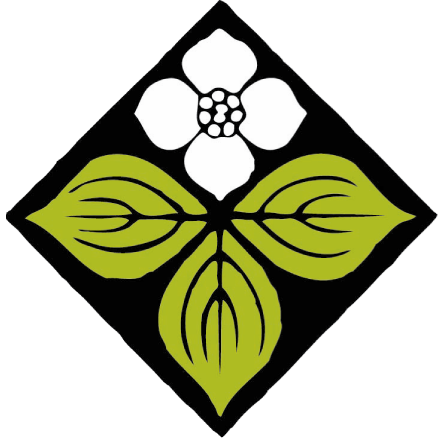Painted Eggs
Even with the egg shortage this year you can still enjoy painting eggs. Wooden eggs are perfect for painting! They don’t need to be hard boiled, and you can reuse them year after year. For this project some of the early bloomers like tulips, scilla, crocus, or daffodils make great subject matter. I’ve included some images from the Garden for you to paint from or maybe you have some already in your yard or local nursery. Golden liquid acrylic paints work great!
1. Wooden eggs can be purchased from art stores like Michael’s or online. Some of them even open so you can hide things inside. They are a little porous so you may want to paint them white acrylic or gesso underneath first to seal the wood a bit, so your colors show up better and don’t bleed. You can do this in just the places you plan to paint designs, or you can paint the whole egg before you begin.
2. Once you have your egg painted white in the areas you’d like to add designs, you can begin mixing colors for your flowers. For tulips I used reds, yellows, and oranges and a little white to make the petal colors.
3. You can dip half of your brush in one color and the other half of your brush in a second color to make a nice two-tone petal color. For example, yellow on one half of your brush and red or orange on the other half. As you pull the brush the colors will mix and blend a bit and give you a beautiful painted petal.
4. A flat brush works great for petals. You can turn the flat brush on its side to get thin lines or turn it the fat way and get a wide petal. Round brushes also work nicely but sometimes leave a little extra paint which can show brush strokes. The flat brush allows you to get the paint super flat if you like.
5. For the tulip petals turn your flat brush on its side and make three different strokes side by side. Leave a little space between each stroke at the top so you can see the petal definition.
6. Next, you’re ready to paint the stems. Mix up yellow and blue to make green, or use some pre-made greens mixed with a little yellow and white. You can make a variety of greens this way and some can be dark green, or light green and everything in between. It’s nice to add variety between each stem so they stand out more and are interesting to look at. If you’re going to use the same color multiple places like green, change it a little for each stem to add variety.
7. Turn the flat brush on its side again to paint the stems or you can also use a liner brush to give you skinny line quality. Twist the flat brush as you pull it to create some wider leaf shapes. If you want to paint a background color you can, but the wood is also nice.

